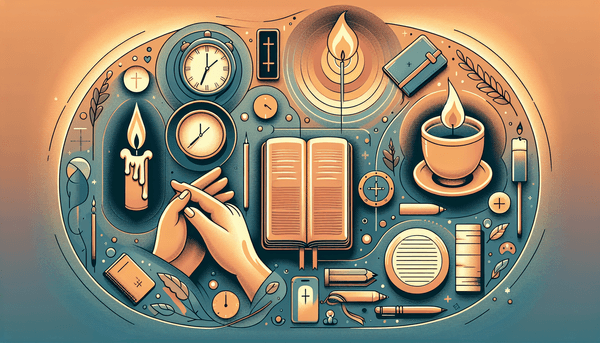The Shape of the Earth in the Biblical Context
Within the tapestry of biblical texts, the ancient Hebrew conception of the cosmos emerges as a flat, disc-like expanse, crowned by a dome known as the firmament, as suggested by Genesis 1:6-8. This vision, shared by many ancient cultures, also envisioned a subterranean realm lying beneath this flat earth. Yet, as we traverse the scriptural landscape, we encounter passages such as Isaiah 40:22, which speaks of God sitting above 'the circle of the earth.' This has led some to perceive a spherical understanding, though it is crucial to note that the biblical authors were more invested in theological assertions than cartographic accuracy. Over the millennia, our comprehension has evolved, guided by scientific progress, affirming the earth as an oblate spheroid, a truth now universally acknowledged yet not discordant with the Bible's spiritual wisdom.
The Creation Narrative and Theological Implications
The Genesis account is a foundational element of Judeo-Christian theology, primarily emphasizing God's sovereignty as the universe's architect. This narrative is not just about the origins of the earth but about the intrinsic relationship between the Creator and the creation. Genesis 1:26-27 presents humanity as the pinnacle of God's work, crafted in His own image. This profound statement has inspired countless theological reflections, pondering the nature of humanity and its place within God's vast cosmos. The narrative underscores the intentionality of creation, the value of life, and the sanctity of human existence, shaping our understanding of divine purpose and human dignity.
The Firmament and Ancient Cosmology
In the Genesis creation story, the firmament represents a significant element of divine craftsmanship. It signifies the separation of primordial waters and the establishment of the sky as a solid dome, with waters above, a concept echoed in Psalm 19:1. The Bible, rich in symbolic and metaphorical language, utilizes these images to convey the majesty of God's creative acts within the ancient worldview. The firmament is not merely a physical structure but a testament to God's power in bringing order from chaos, a motif that resounds with theological depth and encourages believers to contemplate the divine sustenance of all things.
The Relationship Between Science and Scripture
In the quest to reconcile the Bible with scientific understanding, we must acknowledge that the Scriptures do not offer direct commentary on scientific models such as the Big Bang. Instead, the biblical texts present a divine narrative focused on God's role in creation. Interpretations of Genesis vary widely, with some advocating a non-literal approach to the days of creation. This diversity of thought within Christianity suggests that there can be a harmonious relationship between faith and science. As we integrate insights from both domains, we discover a richer, more nuanced understanding of our origins and the marvels of the universe as described in Romans 1:20.
Conclusion
Our journey through the biblical descriptions and interpretations of the earth's shape and the creation narrative reaffirms the Bible's enduring value for spiritual and theological insights. We have seen how scriptural texts can live in harmony with scientific knowledge, each enriching our comprehension of the world and our place within it. As we close this exploration, let us carry forward a spirit of dialogue between faith and science, inviting readers to reflect on their understanding of creation and its profound implications for our lives today.






